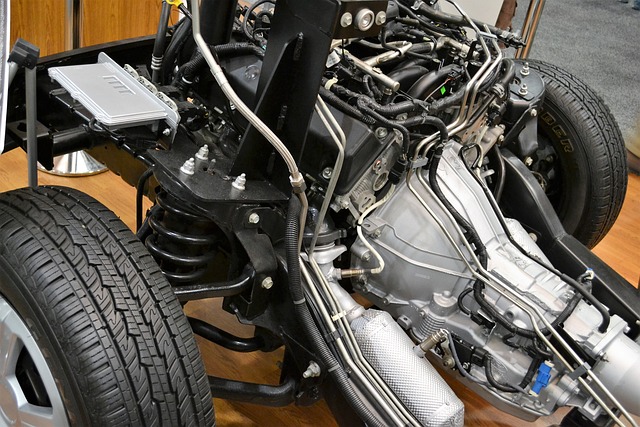
To begin understanding car suspension, it is essential to first examine its primary purposes: dampening shock and retaining the wheel’s contact with the surface.
In simple terms, suspension refers to a mechanism that keeps an object lifted in the air, like a hammock suspending someone above the ground. In the case of cars, the purpose of this complex system is to reduce the impact and friction with the ground as much as possible.
In the absence of a proper suspension system in your car, every uneven terrain and minute obstruction on the road would cause an uncomfortable ride for everyone. To put it simply, the main purpose of the suspension system is to ensure a smooth and comfortable ride for the passengers.
In addition to absorbing various forces such as friction, gravitation, and impact from the ground, this component also aids in maintaining contact between the vehicle’s tires and the road surface.
As the point of contact between your vehicle and the road, the tyres are connected to the suspension system, which in turn links to the car’s axle and wheels. This means that any jolt or shake encountered during driving passes through the suspension system, which works to mitigate the impact.
In order to provide a clearer understanding, the spring component of the contemporary suspension system works by pressing the wheel back onto the ground whenever it becomes airborne. When encountering a speed bump, the car momentarily lifts off the ground, but the suspension system quickly pushes it back down to restore contact with the road. Similarly, when turning sharply, the inside wheels may lift off the ground, posing a risk of toppling over without the aid of the suspension system. However, the spring mechanism ensures the car remains grounded. Understanding the impact of aftermarket modifications is key, such as when installing Passat B6 lowering springs, which can significantly transform your vehicle’s suspension dynamics, ride height and overall performance.
Understanding Car Suspension: An Explanation of How It Operates
As previously stated, we have already established the purpose of the car suspension system. However, it is now essential to understand its mechanics and operation.
The contemporary car suspension system is intelligently engineered to feature individual suspension for each wheel and axle. This allows for the stability of the remaining three wheels even if one is lifted from the ground, resulting in what is called independent suspension.
In the context of vehicular suspension systems, a dependent suspension system exists where the wheels are interconnected and any movement of one wheel affects the others. This design increases the risk of the vehicle flipping over if one wheel is raised.
Dependent Suspension System
To provide clarity on the concept of a car suspension, let’s discuss the dependent system which may be observed in some older or off-road vehicles. This system referred to as the beam axle design, consists of two types of axles- live and dead. The live axle becomes active during power steering, while the dead axles manage the movement of the free-spinning tyres. It’s important to note that this design is not as commonly used in newer vehicles.
The given design encounters two main issues:
The foremost one pertains to the dependence of the tyres on each other, which causes the tyres to concentrate on maintaining a similar angle in relation to the other instead of keeping the wheels on the ground. This ultimately leads to difficulty in handling the car due to decreased traction in the tyres.
The second issue with this design relates to the higher unsprung weight, which represents the weight of the vehicle that is not directly supported by the car’s suspension. As a result of this additional weight, the beam suspension system is subjected to increased pressure, leading to more vibrations, bounce, and friction. Furthermore, this issue may also result in reduced wheel control when accelerating and braking.
